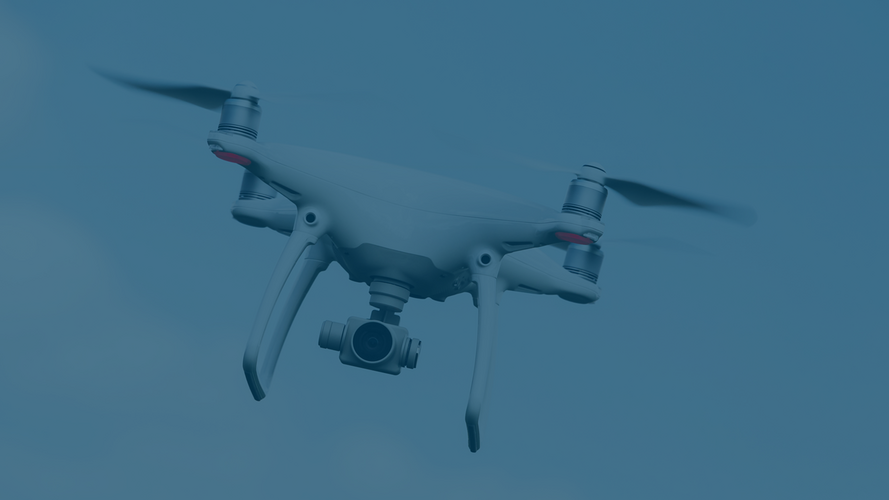Newsletter IP, Media & Technology January 2015
Open source software in practice
In the area of software, there is a distinction between so-called proprietary software and open source software. Proprietary software refers to software developed by a company, e. g. in order to license it to third parties or use it within the company. Exploitation is an important aspect of proprietary software. Companies can earn money with proprietary software by selling it, licensing it or running applications on it – such as eshops as part of SaaS (= software as a service) – for which customers pay money. By open source software, many people mean freely accessible software, provided free of charge, which is free of third-party rights. This is only partially true.
In the open source scene, freelance developers develop software and are committed to the idea of making the software available to others without compensation. These other people can use the software and further develop it, if necessary. Such software is by no means uncopyrighted. The creators of this software are “authors” within the meaning of copyright law in precisely the same way as the creators of proprietary software. Even free software is generally personal intellectual property and thus a copyright-protected work. The creators have merely decided to make the software available to others free of charge.
Copyleft
As a quid pro quo, many open source developers demand that persons who use their software – and expand and improve it, if necessary – in turn also make their own work results available to all third parties free of charge. This “copyleft” principle (a somewhat odd play on the term “copyright”) is the most important and concise obligation in the open source area. But not all authors of open source software expect this quid pro quo. It all depends on the licence terms that the open source developer attaches to his software. By using open source software, one tacitly accepts the underlying licence terms. Therefore, it is highly advisable to determine what terms and conditions apply to the use of the software, and then carefully read and examine them in advance.
Depending on the manner of combining proprietary software with open source software (e. g. merging them into an executable file), the “copyleft” principle frequently leads to dramatic results. Companies are thereby compelled to disclose their proprietary developments in the source code, even though they incurred significant related development costs, and should amortize these costs through licensing for a fee. Here, the deciding factor is the manner in which the software components were combined. Advance planning is very important because errors often cannot be corrected after the fact.
Incompatibility of open source licences
Additional problems can arise if open source software components are combined with each other under different licences. In this case, particular consideration must be given to the possibility of so-called incompatibility between such licences. If sets of licenses are incompatible, then when such software components are combined under the differing licences the licences may be regarded as not having been awarded. A consequence could be that the user infringes the copyright (of the open source software developer) and can be sued for a prohibitive injunction and damages.
Software and patents?
It may surprise many that software technology developments can also be patent-protected. For example, there are many patents that deal with the conversion of video or audio formats. MP3 is a keyword here. Many of the patent holders have joined together to form patent pools, which issue licences to use their patents. Without a licence, patent infringements occur and the infringements can be prosecuted. Prohibitive injunctions and damage claims are a threat.
Conclusion
Therefore, before undertaking one’s own software development, it is highly advisable to determine whether open source components can be used at all and, if so, in what manner. If such components are used, it is very important to carefully document the components used, the relevant licences and the manner in which the individual components are combined.




![[Translate to English:] [Translate to English:]](/fileadmin/_processed_/b/1/csm_Personen_vor_Bildschirmen_Militaer_Verteidigungssystem_iStock_erweitert_7515f53104.jpg)




![[Translate to English:] [Translate to English:]](/fileadmin/_processed_/d/3/csm_Daten_personenbezogen_Gesichtserkennung_iStock_erweitert_9cd904bfb8.jpg)

